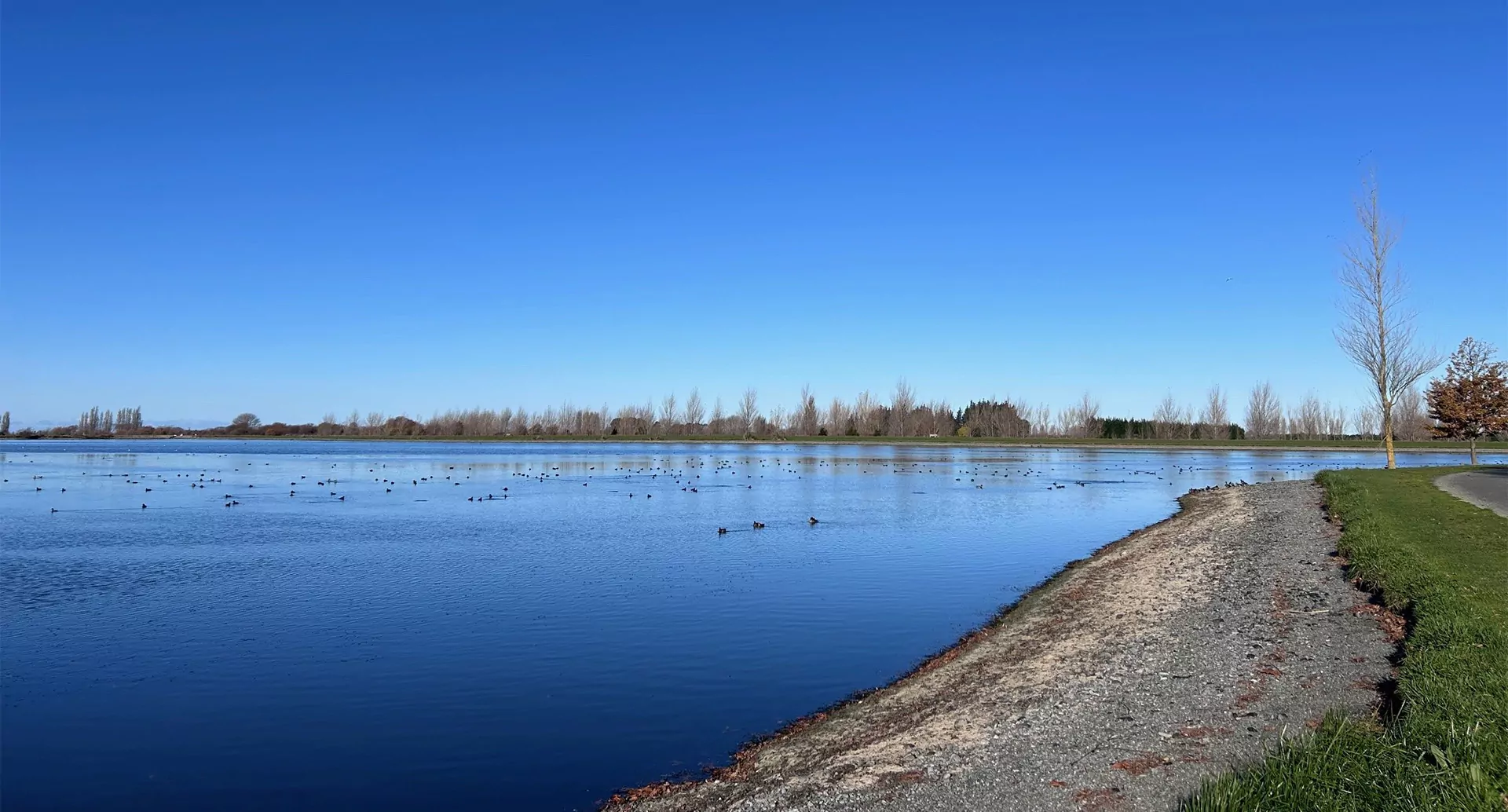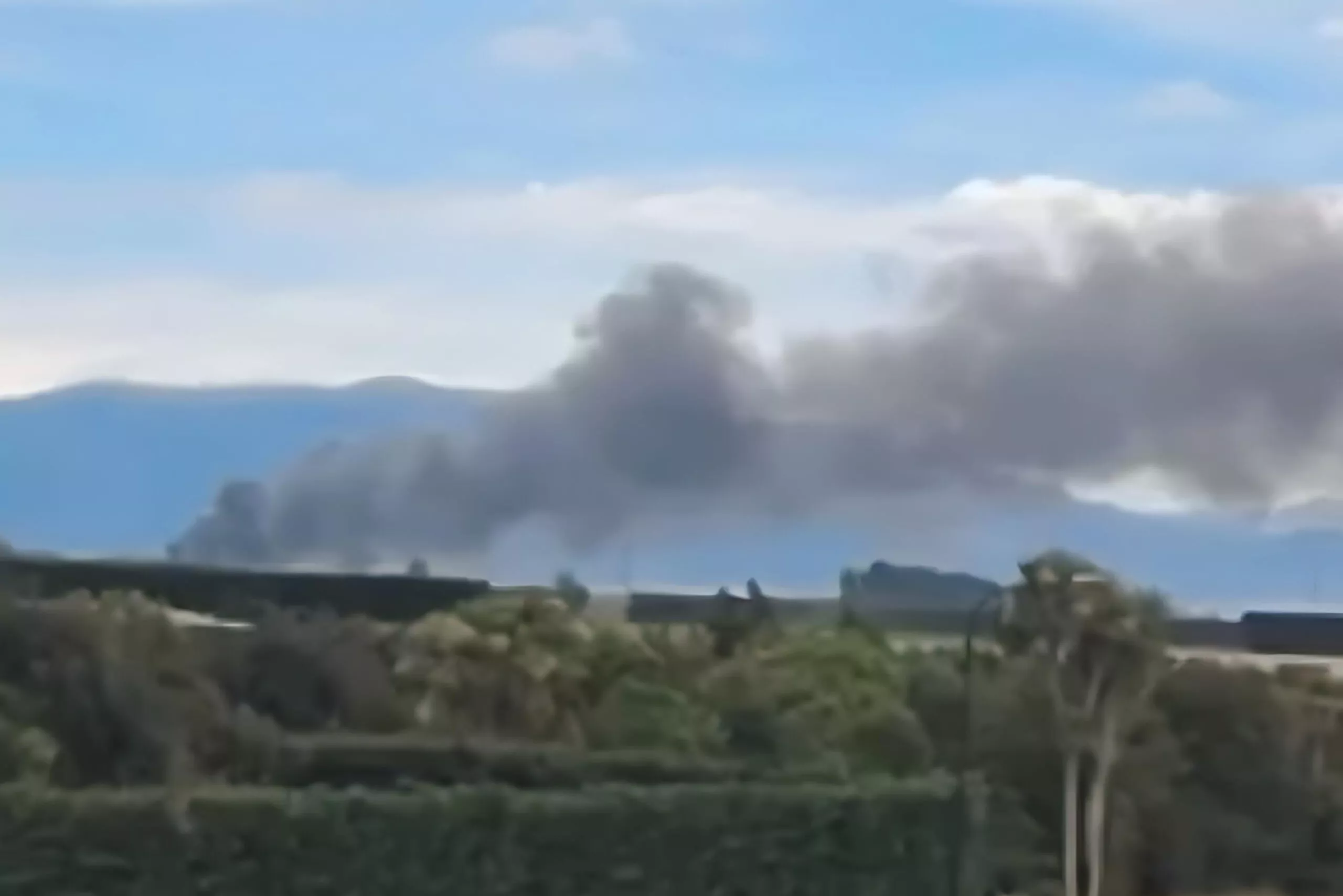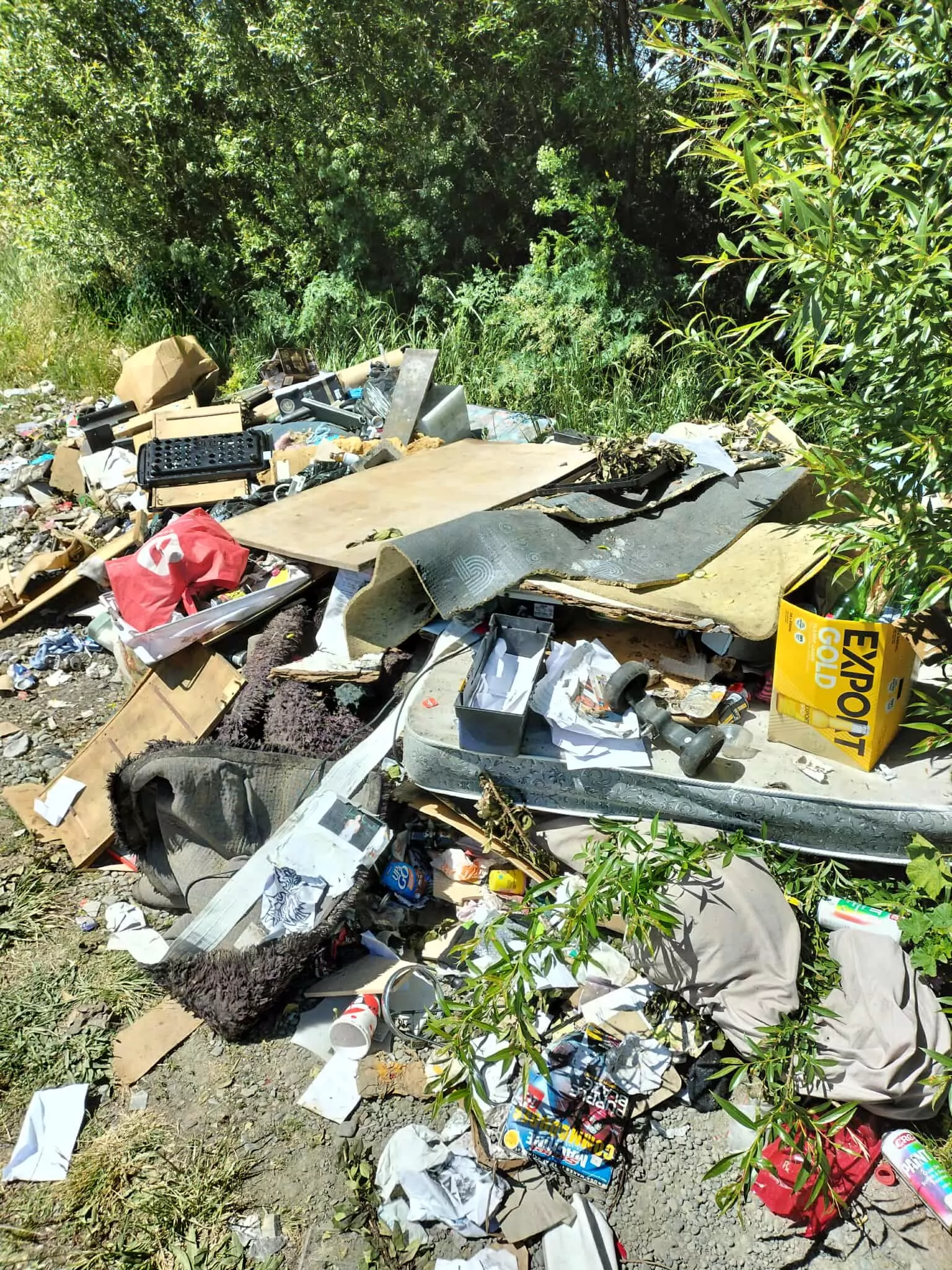Full vehicle access around Lake Hood has been restored, though a public health warning urging people to avoid contact with the water remains in place.
The road gates to the northern end of the lake, which had been closed since April to restrict access to the main public boat ramp and swimming beach, were reopened last Thursday.
Ashburton District Council Chief Executive Hamish Riach said the decision was made following a drop in levels of toxic cyanobacteria.
“Since the numbers are lower than when the access was closed it makes sense to now open the two gates to the northern end of the lake so that people can drive right around the lake,” Riach said.
Gates to the southern part of the lake had remained open, allowing access to carparking, golf, and paintball facilities.
The lake was closed earlier this year after the discovery of Microcystis, a toxic cyanobacteria linked to two confirmed cases of illness.
The New Zealand Water Ski Association was involved in discussions when authorities decided to stop watercraft from being launched during the closure.
Riach said there had been speculation in the community about the testing process.
“The testing regime with regard to the public health warning is not administered by or controlled by Council,” he said.
“Environment Canterbury undertake routine water quality testing of contact recreation sites in Canterbury for public health purposes.
“I’m confident that Environment Canterbury is correctly following the testing regime for the Recreational Water Monitoring and Response Protocol for Planktonic Cyanobacteria in Canterbury and South Canterbury Fresh Water Recreation Sites 2024-25, in conjunction with the national protocol set by the Ministry for the Environment.”
Riach said while some members of the public had asked why the council didn’t conduct its own testing, such results would have no bearing on whether the health warning is lifted.
Health New Zealand requires two consecutive test results with less than 0.5mm³/L of cyanobacteria biovolume before it will consider removing the warning.
“It’s important to remember that we are not cyanobacteria experts, so we’re looking to others with more knowledge to guide us on our next steps to improve the water quality at the lake,” Riach said.
“I’m confident we’ve got the right people on board to help us deal with this situation in the future.”









